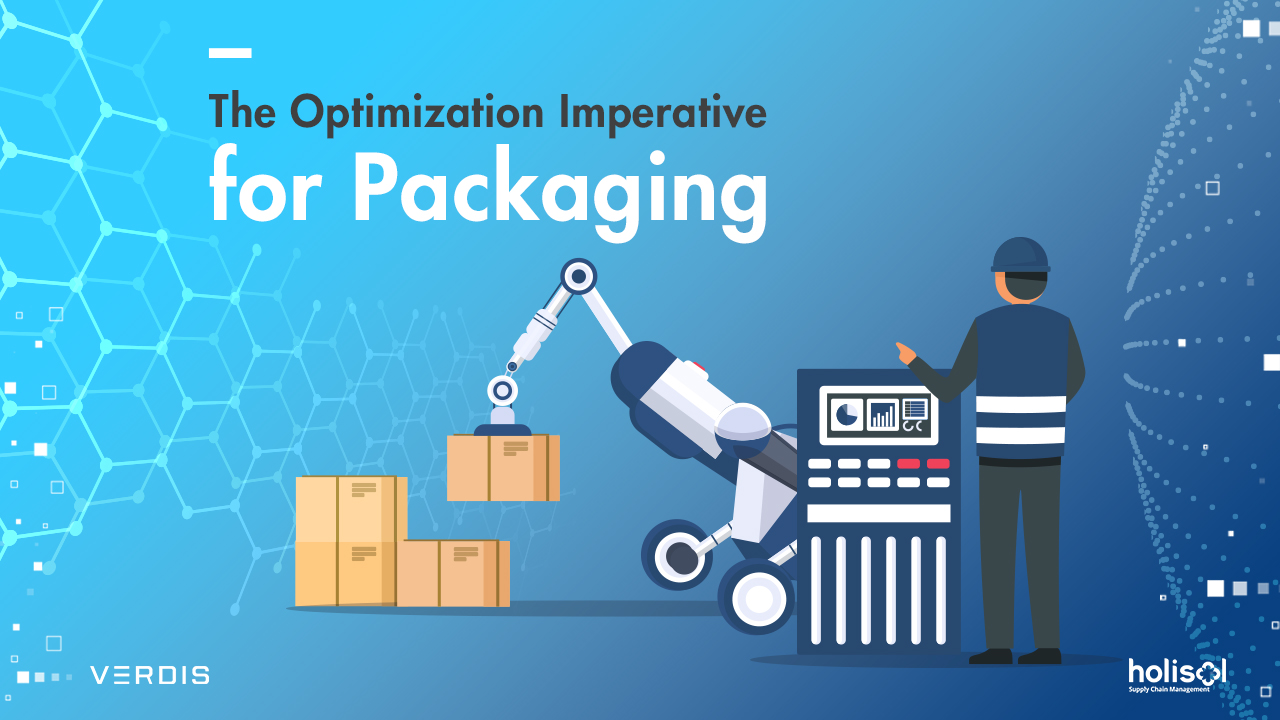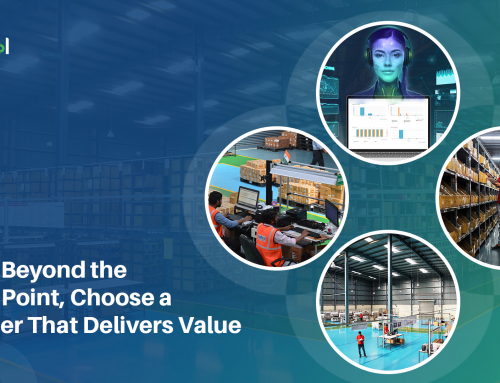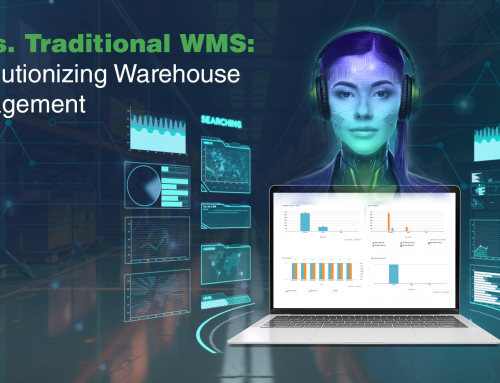The pressures of globalization are not just experienced for the supply, production, and logistics segments of the supply chain but also packaging. The way these products are produced, assembled, and brought to the market has implications on their marketability and the customer buying decision. However, many businesses have made it a part of their supply chain strategy, however there are others who are trying to catch up. But lately, with the emergence of a global conscience on sustainability and a focus on process optimization, greater interest has developed in this dimension.
The Dimensions of Packaging Planning
An analysis of packaging systems including the planning for primary, secondary, and tertiary packages reveal that packaging can be a performance bottleneck and a driver of costs. Since packaging is at the intersection of several major business segments from purchasing and production to transport and distribution and has a significant footprint in the product flow, therefore any bottleneck poses a strain on the whole supply chain. There is, thus, a pressing need to optimize packaging planning and develop an effective business strategy for an efficient packaging process.
For the global manufacturer, unfortunately, the planning for packaging is a complex and intricate process.
- Variability. The packaging process is subject to a high degree of variability owing to multiple linkages and dependencies on other supply chain domains – logistics, marketing, production, etc. Not only is there a high variability of packaging requirements – different packages for the same product, different regions, customers, or different regulatory protocols but also packaging strategies are constantly modified and adapted to meet the changing demands of different stakeholders.
- The complexity of capacity allocation. Since variability is high, the allocation of capacity of a packaging facility to specific products and models poses a challenge. For instance, different packaging units will have unique capacities of packaging of a product/model in a day. The same would be true for the different packaging lines. In such circumstances, managing the variabilities of packaging requirements in a cost and time-optimized manner is difficult.
In such circumstances, the management of packaging is rarely driven exclusively by a well-thought, adherable plan and largely subject to the realities of the on-ground management. The result is – a greater incidence of errors and inefficiencies of planning.
Inefficiencies of capacity allocation direct the utilization of resources towards non-value-adding processes, including scenarios of capacity underutilization and overutilization. Such inefficiencies create a waste of materials that impose undue stress on material availability for the batch. Further, these may also create loading inefficiencies in dispatch. When frequent, such wastes lead to greater requirements of material procurement and higher logistics spending.
The Smart Approach to Packaging
Considering the complexity and importance of packaging for the supply chain, a new and smart approach to packaging planning needs to be adapted. In this regard, technology offers a reprieve. Today, technology has permeated into different strata of the supply chain, diagnosing bottlenecks, optimizing processes, and offering automated and efficient solutions to complex planning and management scenarios. With this has also emerged a more innovative way of management and administration of the supply chain
In this regard, two solutions for improving packaging planning and management can be identified – optimization and integrated planning.
A. Optimization
The approach to optimized packaging planning involves the automation of the planning processes and optimization of ecosystem variables for maximal utilization of resources and actualization of goals. Two dominant features of such planning include-
a. Inter- and Intra- process data integration. All ecosystem variables of packaging capacity – machine setup time and downtime, labour costs and availability, material availability, work shifts, holidays, the time between stages, etc., packaging criteria and requirements, and packaging, production, and logistics constraints are integrated for ensuring high fidelity to the real environment of packaging. This ensures the accuracy of planning and promotes implementation on the ground.
b. Optimization Algorithms. With optimization algorithms such as mixed-integer linear programming, dynamic programming, etc. it is possible to dynamically plan the right flow of energy, labour, and materials such that orders can leave the packaging unit in the right time, in the right quantity, and the right configuration. Further, optimization can be applied to serve different organization needs, including cost, profit, order fulfilment, lead time, and throughput, among others.
For instance, Verdis PPC (the joint solution to production, packaging, and transportation), while operating in the automotive context, handles the unique packaging criteria for both domestic and export orders. Since orders may need to be dispatched either as CBU or CKD units, the packaging for either differ. Dichotomies exist also for transportation of orders via surface or sea due to the differing requirements for handling, protection, and loading. Moreover, packaging planning needs to process the different lot sizing of packages based on order destinations.
This ensures-
- Greater accuracy and reduction of wastes – of time, resources, and energy. As a result, issues such as rush orders, overtime, delays, and shortages are significantly curbed.
- Optimal utilization of capacity, such that capacity is directed towards value-adding services such as greater order fulfilment.
- Cost Optimization, as optimization ensures the most cost-optimal solution among the myriad solutions possible.
- Significant Planning time reduction through automation of the planning process, allowing the human skill and effort to be directed towards greater value-creating processes.
B. Integrated Planning
Considering the cross-functional attribute of packaging, it is essential to adopt a more integrated approach to packaging planning and management. Production, packaging, and transportation are strongly interlinked, each imposing unique restrictions, requirements, and attributes on the other. Linking these domains of the supply chain through collaboration, planning, and management helps better realization of goals and absorption of possible disruptions.
For instance, in Verdis PPC, the capacity allocation planning for production, packaging, and transportation occurs in a coordinated way thereby allowing planning to reflect the ongoing reality of the shop floor. Since the turnaround time for orders decreases as the production, packaging, and dispatch of orders are planned hand-in-hand, priority and rush orders can be conveniently expedited. This also helps to overcome the exceptions of planning and resolve common inefficiencies and bottlenecks. For example, same-day production, packaging, and dispatch requirements for specific orders, which can otherwise be a bottleneck of planning, is handled efficiently.
Such technology leverage for complexity handling and adoption of best practices of optimization and integrated planning gives the much-needed efficiency edge to planning.
Conclusion
The landscape of packaging is changing. As more and more businesses are addressing the pressures of sustainability, cost, and resource conservation, the need for an efficient packaging process has become more pertinent than ever. Backed with an efficient planning strategy, the goal of optimization is attainable. However, it is the business stance to such innovation that will, in the end, reflect the brand philosophy and emerge as the single biggest differentiator in the market.









